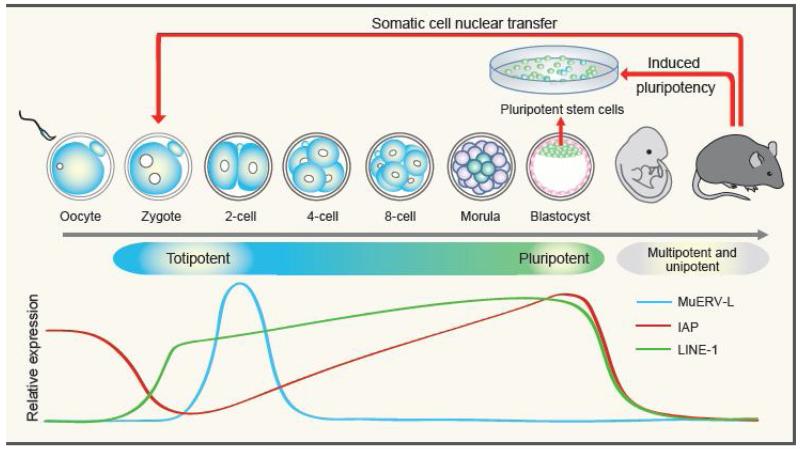Figure 1. Relationship between development, cell potency and reprogramming.
Development of a mouse begins with fertilization. 1-cell zygotes and blastomeres of 2-cell embryos are totipotent. The inner cell mass (ICM) cells in blastocyst are pluripotent. The transition from totipotent to pluripotent cells takes place between the 4-cell to morula stage. During post-implantation development, some tissue-specific stem cells or progenitor cells remain multipotent, while the majority develop to unipotent and terminally differentiated cells. Differentiated cells can be reprogrammed to totipotent cells through somatic cell nuclear transfer (SCNT) or to pluripotent cells through forced expression of pluripotency-associated master transcription factors (induced pluripotency). Diagrams of the relative abundance of long interspersed nuclear element 1 (LINE-1), intracisternal A-particle (IAP), and murine endogenous retrovirus with leucine tRNA primer (MuERV-L) repeats are shown at the bottom.

